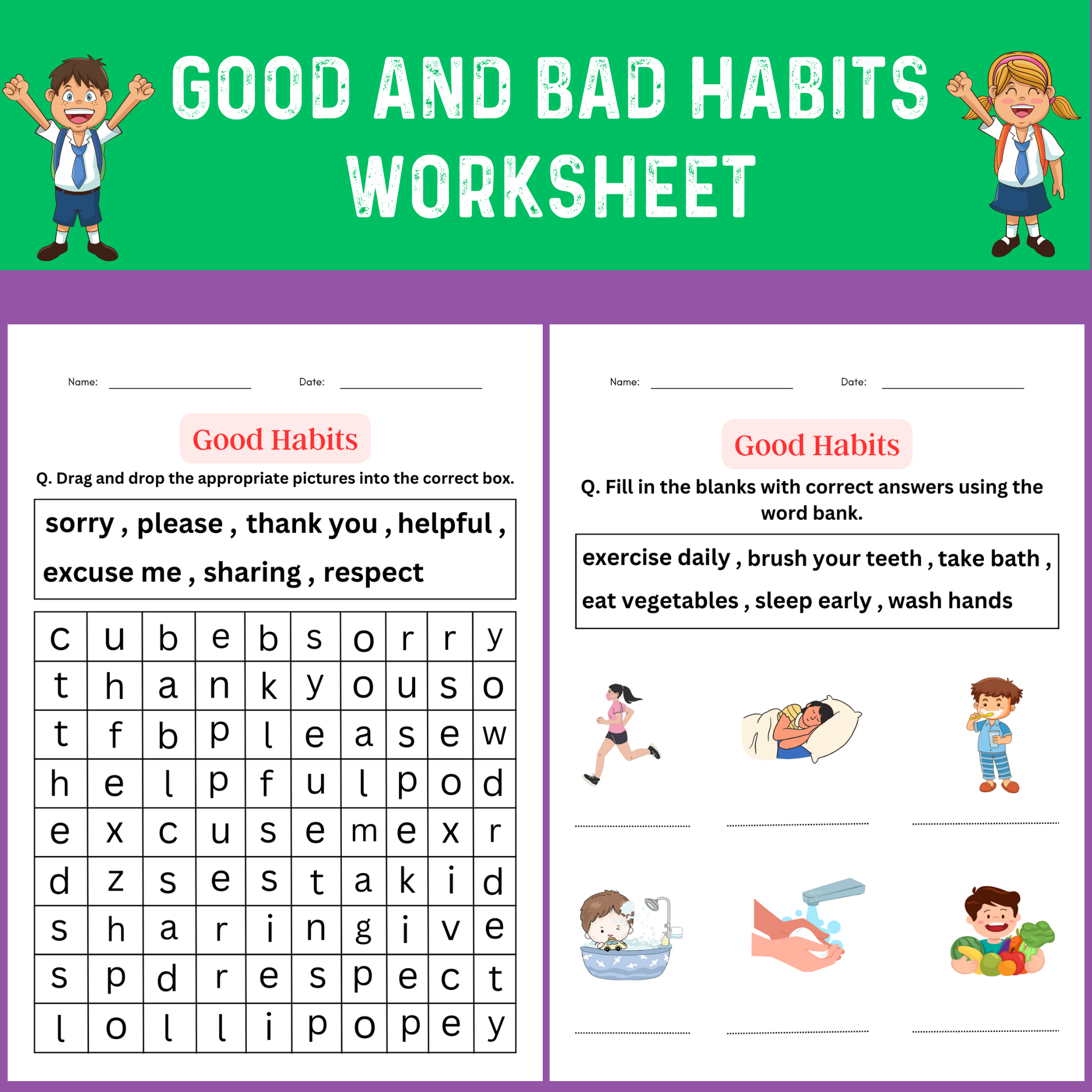Building The Good Life: Mindset, Actions & Habits

Table of Contents
Cultivating a Positive Mindset: The Foundation of the Good Life
A positive mindset is the bedrock upon which a fulfilling life is built. It's the fertile ground where happiness, resilience, and success can flourish. This involves nurturing positive thinking, practicing gratitude, building self-belief, and embracing mindfulness.
The Power of Positive Thinking
Positive self-talk and reframing negative thoughts are crucial for overall well-being. Negative thoughts can be like weeds, choking the growth of positive emotions and limiting our potential. By consciously replacing negative self-talk with positive affirmations, we can reprogram our minds for success.
- Example of a positive affirmation: "I am capable, strong, and confident in my abilities."
- Cognitive Restructuring: Identify negative thoughts, challenge their validity, and replace them with more balanced and realistic perspectives. For example, instead of thinking "I'm going to fail this presentation," try "I'm prepared, and I'll do my best. Even if it doesn't go perfectly, I'll learn from the experience."
Practicing Gratitude
Regularly expressing gratitude shifts our focus from what's lacking to what we already have, fostering a sense of contentment and appreciation.
- Keep a gratitude journal: Write down three things you're grateful for each day.
- Express appreciation to others: A simple "thank you" can go a long way in strengthening relationships and boosting your own mood.
- Focus on the positive: Actively seek out the good things in your life, both big and small.
Building Self-Belief and Resilience
Self-belief is crucial for achieving goals and navigating life's inevitable challenges. It involves self-acceptance, setting realistic goals, and developing coping mechanisms for setbacks. Self-compassion plays a vital role in building resilience.
- Set realistic goals: Avoid setting yourself up for failure by setting goals that are too ambitious. Break down larger goals into smaller, more manageable steps.
- Develop coping mechanisms: Identify healthy ways to manage stress and cope with setbacks, such as exercise, meditation, or spending time in nature.
- Practice self-compassion: Treat yourself with the same kindness and understanding you would offer a friend facing difficulties.
Mindfulness and Meditation
Mindfulness practices, such as meditation, help cultivate a calmer, more present mindset, reducing stress and improving emotional regulation.
- Start with short meditation sessions: Even 5-10 minutes a day can make a difference.
- Use guided meditations: Many apps and online resources offer guided meditations for beginners.
- Practice mindfulness throughout the day: Pay attention to your breath, your senses, and your surroundings.
Taking Action: Translating Mindset into Results
A positive mindset is only the first step; translating that mindset into tangible results requires proactive action. This involves setting clear goals, effective time management, and building good habits.
Setting SMART Goals
SMART goals are Specific, Measurable, Achievable, Relevant, and Time-bound. This framework provides clarity and focus, making it easier to track progress and stay motivated.
- Example: Instead of "Get in shape," a SMART goal would be "Lose 10 pounds by June 1st by exercising three times a week and following a healthy diet."
- Use a goal-setting template: Many free templates are available online to help you structure your goals effectively.
Effective Time Management Techniques
Effective time management is crucial for maximizing productivity and minimizing stress.
- Time blocking: Allocate specific time slots for different tasks.
- Pomodoro Technique: Work in focused bursts (e.g., 25 minutes) followed by short breaks.
- Prioritize tasks: Focus on the most important tasks first.
Building Good Habits and Breaking Bad Ones
Building good habits and breaking bad ones is a fundamental aspect of personal growth.
- Habit stacking: Link a new habit to an existing one (e.g., "After I brush my teeth, I will meditate for 5 minutes").
- Reward systems: Reward yourself for achieving your goals to reinforce positive behavior.
- Identify triggers: Understand what triggers your bad habits and develop strategies to avoid those triggers.
Prioritizing Tasks and Focusing on What Matters
Learn to distinguish between urgent and important tasks, focusing your energy on what truly matters to achieve your goals. Eliminate time-wasting activities and distractions.
Establishing Healthy Habits: Sustaining the Good Life
Sustaining the good life requires establishing healthy habits that support both physical and mental well-being.
The Importance of Physical Health
Physical health and mental well-being are intrinsically linked.
- Regular exercise: Aim for at least 30 minutes of moderate-intensity exercise most days of the week.
- Healthy eating: Focus on a balanced diet rich in fruits, vegetables, and whole grains.
- Sufficient sleep: Aim for 7-9 hours of quality sleep each night.
Stress Management Techniques
Chronic stress can negatively impact our physical and mental health.
- Deep breathing exercises: Practice deep breathing techniques to calm your nervous system.
- Yoga and meditation: These practices can help reduce stress and promote relaxation.
- Spending time in nature: Nature has a calming effect and can help reduce stress levels.
Prioritizing Self-Care
Self-care is not selfish; it's essential for maintaining well-being.
- Engage in hobbies: Dedicate time to activities you enjoy.
- Spend time in nature: Connect with the natural world through walks, hikes, or simply relaxing outdoors.
- Practice relaxation techniques: Incorporate relaxation techniques like warm baths, reading, or listening to calming music into your routine.
Nurturing Social Connections
Strong social connections are crucial for emotional support and well-being.
- Spend quality time with loved ones: Nurture your relationships with family and friends.
- Join social groups: Engage in activities that allow you to connect with like-minded individuals.
- Seek support when needed: Don't hesitate to reach out for help when you're struggling.
Conclusion
Building the good life is a holistic endeavor that involves cultivating a positive mindset, taking consistent action, and establishing healthy habits. These three elements are interconnected and mutually reinforcing. By focusing on positive thinking, setting SMART goals, and prioritizing self-care, you can create a life filled with purpose, happiness, and lasting fulfillment. Start building your good life today by incorporating these strategies into your daily routine. Begin with one small step and watch the positive changes unfold!

Featured Posts
-
 The Role Of Algorithms In Mass Shooter Radicalization Assigning Blame
May 31, 2025
The Role Of Algorithms In Mass Shooter Radicalization Assigning Blame
May 31, 2025 -
 Price Caps And Comparison Sites A Vets Perspective
May 31, 2025
Price Caps And Comparison Sites A Vets Perspective
May 31, 2025 -
 The Bof A Perspective Why High Stock Market Valuations Shouldnt Deter Investors
May 31, 2025
The Bof A Perspective Why High Stock Market Valuations Shouldnt Deter Investors
May 31, 2025 -
 Legal Battle Erupts Dragon Den Alum Claims Rival Stole Her Puppy Toilet Design
May 31, 2025
Legal Battle Erupts Dragon Den Alum Claims Rival Stole Her Puppy Toilet Design
May 31, 2025 -
 2025 Pro Motocross Championship A Season Preview
May 31, 2025
2025 Pro Motocross Championship A Season Preview
May 31, 2025
